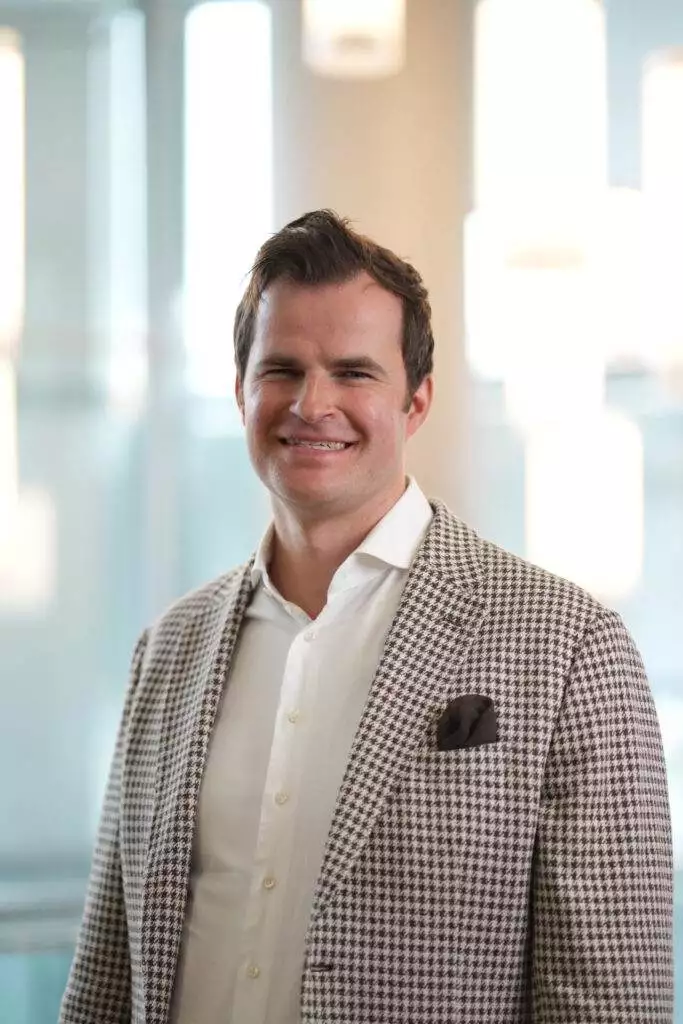"Not every employee is creative, not everyone can think innovatively! Some simply don't care what we do," the CEO of a large company recently told me.
Have you already had or expressed this thought yourself?
In my view, the utilization of a company's creative and innovative potential is like an iceberg.
80-85% of the potential remains undiscovered or never surfaces. Why is that? And why do we only use the few hundred years of experience from the Board of Directors, the first management team and a few above-average employees and leave out many thousands of years of experience from the rest of the workforce?
We are incapacitating a large part of our workforce by denying them the ability to innovate!
Of course we are all creative. You and I and the people around us have a hobby, a passion that we pursue. Jogging, skiing, the local darts club, volunteering as a soccer coach - you name it!
We do these things with above-average commitment, invest a lot of time with sometimes exhausting, physical and monetary efforts and still feel great joy in doing so. Why do we do this? Because we know very well to whichpurpose and we share the activity with people who are interested in the same purpose.
Personal initiative, creativity and passion - some of the most important characteristics from which innovation arises - cannot be prescribed, but as company leaders we can create the framework in which it is worthwhile to be innovative. This framework consists of a clear corporate purpose, which has been ridiculed for decades, as well as framework conditions in which I can pursue this purpose with maximum zeal.
A simple bookkeeper, call center employee or forklift driver who has been with the company for 20 or 30 years can take a much more radical, yet simultaneously feasibledevelop an idea as the new “Head of Innovation” or a fleet of consultants who have only recently joined the company.
The best, game-changing ideas come about when we observe a development over a certain period of time, derive a new trend from it, underpin it with experience, question it critically, discard it quickly or implement it quickly. A rough diamond can be polished into a diamond in a very short time.
The “return of innovation”
Here are 3 suggestions on how you can achieve a higher ROI – Return of Innovation of your workforce:
1. Your “higher goal” & definition of an innovation
Take a test: Ask 10 employees of your company (regardless of their positions) for what purpose your company exists and innovation is defined in your company. How many different answers would you get? Most likely you will first have to define your company's purpose and what innovation stands for and how to recognize it!
2. Tear down the wall of bureaucracy
In a hobby, I simply call the nearest club, make a trial training session or appointment and can usually get started in a very short time.
How easy is it to get approval for an initial budget, in the form of time and/or money, to experiment with an idea? Is there an opportunity for a guided, creative exchange at cross-functional departmental level, where the same rules apply to everyone and ideas are actually implemented?
3. Measuring innovation performance
How do you currently measure the innovation performance of your departments or business units? What part does innovation performance play in your remuneration at all? If you are not yet doing either, it is high time to define and roll out parameters for this.
Finally, you will no doubt have heard of various employment engagement surveys in which shocking figures repeatedly emerge, namely that up to 80% of employees have little or no identification with their employer. This results in unwanted employee churn and the costly battle in the “war of talents”.
Hand on heart: As company leaders and managers, we are not entirely innocent of this.
The good news is that you have the power to change this.

